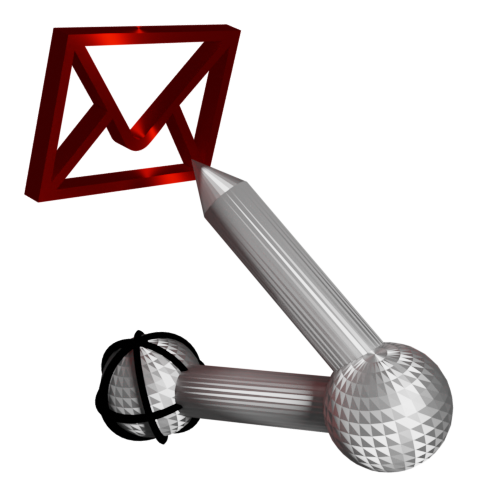AyMINE – Technical documentation
Modules
 Task, project & quality management
Task, project & quality management
Manager approval with the task report
Why some data can't be deleted
Adminitration of areas, projects, calendars
Region / project / methodology
Change management process in a project
GDPR and record of qualifications
Qualification of user or contact
Right to Manage Qualifications
Failure Analysis for an Individual Property of a Component or Process
FMEA – Probability of Detection
FMEA – Probability of Occurrence
 Task, project & quality management
Task, project & quality management
Administration of the Task Management Module
System rights for the task management module
Improvements and Preventive Measures
Methodology and Quality Management systems
What a methodology / QMS consists of
Problems, tickets and their management
Collaborative Resolution of Multiple Problems
Customer Service Response Generation
Incident and Quality Issue Management
Objects affected by the problem
Problems, Incidents, Helpdesk Tickets
Return project plan by baseline
Sample tasks and methodologies of the area
Effect of the task on the right to modify the attached object
The person responsible for the task
Working procedure – task definition
Objects related to the task pattern
 Contacts and directories module (CRM)
Contacts and directories module (CRM)
Order overview for customer groups
 Contacts and directories module (CRM)
Contacts and directories module (CRM)
System Permissions and CRM Module Settings
Send bulk messages in compliance with GDPR
How to correctly forget a person's details
Unsubscribe and set preferences
for bulk mail
 Web management and automation
Web management and automation
Receiving a message from the web
Human resources
Personalistics – User Permissions
Human Resources module security
Manage department / division data
Overview of Personnel Information for pracov# Employment Contract
Synchronizing staff and system users
 Products, assets and sales
Products, assets and sales
Received order for goods or services
Finance management
Metrics and Measurements
Technical Modules
Sabre plugin module
Enterprise Architect connector
Database link to Enterprise Architect database
Enterprise Architect connector
System Modules
 The AyMINE Framework Module
The AyMINE Framework Module
AyMINE — Tips for Mobile Usage
Configure how your system looks and works
Gestures and Keyboard Shortcuts
More about how the system works
Private notes and tags for objects
Overview of Modules and Record Types
Filtering in the list of records
 System Management
System Management
Additional functions with files
Copying and moving files between objects
Files (documents) linked to the object
Formatted texts in the application
Gateway settings for external messages
IMP gateway settings for email communication
Internet Call Gateway Settings
Message with the outside world
 Website Block
Website Block 
Blocks are the building blocks of websites and allow pages to be composed of blocks using a template
A website in CMS can be composed of individual blocks. In order to utilize blocks, the entire page must have a template defined. The template defines which blocks should be inserted into it.
Block Names
A block has two names – Custom Name and Template Name
Custom Name
The custom name identifies the block in the overview of all blocks. The name should be unique for the portal so that you can navigate blocks easily.
Template Name
The template name is the designation used for the field name in the template where the block should be inserted. It is the name of the field in the template to which the block belongs.
Examples of names in the template are topmenu, leftmenu, footer, etc.
Warning:
- The template name is a field filled from the client's dictionary
portal-UserType. Don't forget to fill in the dictionary or insert standard values into it. Without a filled dictionary, it won't be possible to fill in this field and use blocks. - Do not use the name
bodyfor any field. This name is reserved for inserting the body of the page.
How to Work with Blocks
Blocks can be inserted into individual pages, but also into sections. All blocks inserted into the page and all blocks assigned to the section are used for the page.
If a block with the same Template Name is assigned to both the section and the page, the block for the page will be used (it takes precedence over the block for the section).